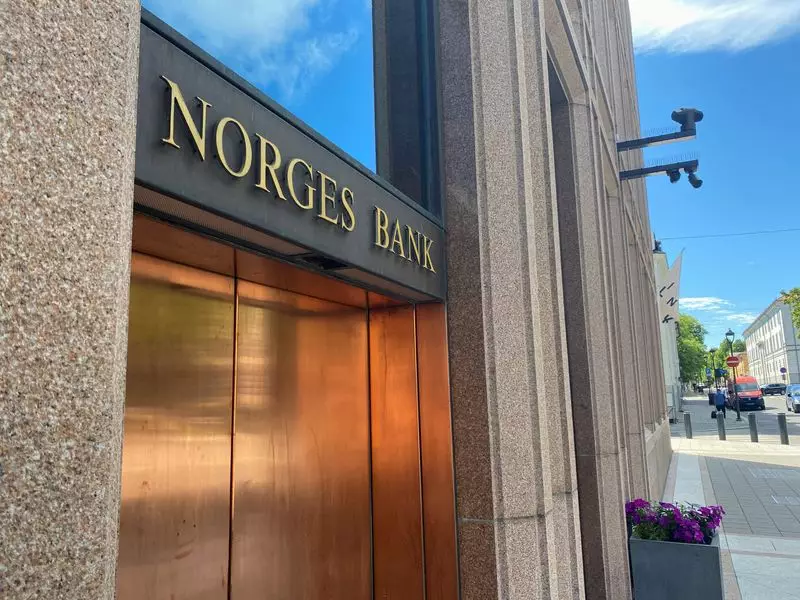Recently, the central bank of Norway made headlines by keeping its policy interest rate steady at 4.50%, reaching a peak not seen in 17 years. This decision was widely anticipated, reflected by the consensus among analysts who participated in a Reuters poll. The bank’s governor, Ida Wolden Bache, confirmed that while the current rate will remain unchanged for now, a reduction could tentatively begin as soon as March. This signals a significant pivot in Norway’s monetary strategy as the country looks ahead to a period where economic conditions are shifting under the weight of various domestic and international factors.
The forthcoming changes in Norway’s monetary policy are indicative of a broader trend observed across Western economies, where central banks are beginning to recalibrate their strategies in response to decreasing inflation and slower economic growth. As other countries have already initiated rate cuts in 2024, economists speculate that Norway’s central bank might soon follow suit. The anticipated cuts, including a potential three-quarter reduction down to 3.75% by the end of 2025, mark a notable shift from the more stringent monetary control championed in the immediate aftermath of the pandemic.
Despite the central bank’s steady stance on interest rates, market reactions have shown slight fluctuations, exemplified by the Norwegian crown’s drop to 11.75 against the euro. This adjustment post-announcement highlights the cautious sentiment among investors who are monitoring economic indicators closely. On one hand, the easing of core inflation from 3.0% to 2.7% in December suggests some relief in consumer pricing. However, this fluctuation still keeps core inflation above the desired target of 2%, enough to warrant continued attention from the central bank regarding future monetary policy.
A more complex layer to Norway’s economic strategy involves the global landscape, particularly in regard to international trade dynamics and emerging barriers. The central bank’s caution in assessing the impact of higher tariffs on global growth is wise, indicating a nuanced understanding of how external pressures can cascade and affect domestic inflation rates. Governor Bache’s statement emphasizes that while inflation is inching toward target levels, rising business costs could stoke pressures anew, complicating the inflationary narrative.
As the central bank gears up for its next policy meeting in March, the focus will predominantly be on assessing the future trajectory of interest rates amidst evolving economic conditions. The decision to potentially lower rates reflects not just internal economic assessments but also a broader understanding of global trends. Norway’s approach demonstrates an effort to strike a careful balance: managing inflation while fostering economic resilience in a world characterized by uncertainty. While the current pause in policy change indicates stability, the central bank remains acutely aware of the undercurrents that could necessitate prompt decisions in a rapidly shifting economic environment.

